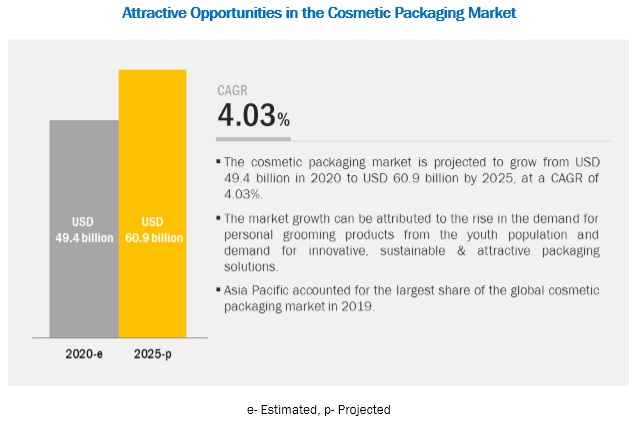The report "Aseptic Packaging Market by Material (Plastic, Glass & Wood, Metal, Paper & Paperboard), Type (Cartons, Bottles & Cans, Bags & Pouches), Application (Food and Beverage), and Region - Global Forecast to 2022", The aseptic packaging market size is projected to grow from USD 39.62 Billion in 2017 to reach USD 66.45 Billion by 2022, at a CAGR of 10.89%.
Browse 138 market data tables and 41 figures spread through 182 pages and in-depth TOC on "Aseptic Packaging Market by Material (Plastic, Glass & Wood, Metal, Paper & Paperboard), Type (Cartons, Bottles & Cans, Bags & Pouches), Application (Food and Beverage), and Region - Global Forecast to 2022"
To Purchase Report@ https://www.marketsandmarkets.com/Purchase/purchase_report1.asp?id=785
The aseptic packaging market is witnessing a growth in demand, owing to the rise in demand for convenience products and ready-to-eat food products. Increased urbanization, the growth of the dairy beverages market, and growth of the packaging industry have led to an increase in demand for aseptic packaging, particularly in the emerging Asia-Pacific and South American markets.
“The cartons segment, by type, to dominate the market through 2022.”
The cartons segment is estimated to account for the largest share in 2022, mainly owing to the growing consumption of food and dairy products. Cartons are made of polyethylene, resin, aluminum foil, and paperboard. They are widely used for packaging a wide variety of liquid processed food such as juices, white & flavored milk, soups, sauces, broths, fruit toppings, syrups, and tomato purees.
Download PDF Brochure@ https://www.marketsandmarkets.com/pdfdownload.asp?id=785
“The plastic segment, by material, is projected to grow at the highest rate during the forecast period.”
Materials such as plastic, paper & paperboard, metal, and glass & wood are used in the manufacturing of aseptic packaging. Plastic offers excellent visibility to the product and provides secure and attractive packaging options. Due to its low cost, versatility, and easy availability, plastic packaging is used in a variety of applications. It is primarily used in the packaging of food & beverage products as it protects them from oxidation and also provides an extended shelf life to the product.
“Asia-Pacific is projected dominate the aseptic packaging market through 2022.”
On the basis of key regions, the aseptic packaging market is segmented into North America, Europe, Asia-Pacific, South America, and Middle East & Africa. The Asia-Pacific region accounted for the largest share among all the regions in 2016 and is projected to grow at the highest rate from 2017 to 2022, in terms of value.
Request Sample@ https://www.marketsandmarkets.com/requestsample.asp?id=785
This is mainly due to the increasing demand for aseptic packaging in China and India, coupled with the growing food & beverage industry in these countries. Owing to the increasing disposable incomes, the urbanized population is shifting towards healthy and safe packaged foods. Therefore, rising income and consumption level would also lead to the growth of the aseptic packaging market in this region.
The major players include Robert Bosch GmbH (Germany), E.I. du Pont de Nemours and Company (U.S.), Tetra Laval International S.A. (Switzerland), Reynolds Group Holdings Limited (New Zealand), Amcor Limited (Australia), Becton, Dickinson and Company (U.S.), Bemis Company, Inc. (U.S.), Greatview Aseptic Packaging Co., Ltd. (China), IMA S.P.A(Italy), and Schott AG (Germany).
These companies adopt strategies such as mergers & acquisitions, expansions & investments, agreements & joint ventures, and new product developments to strengthen their position in the market.





